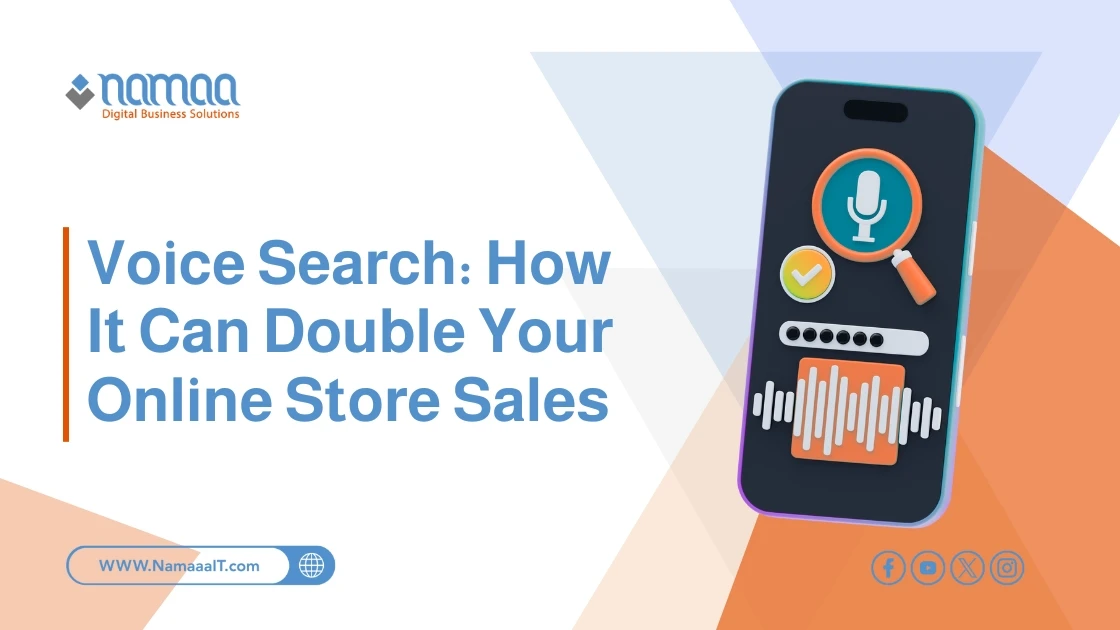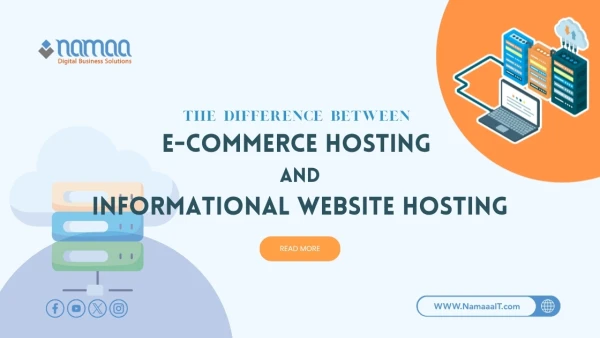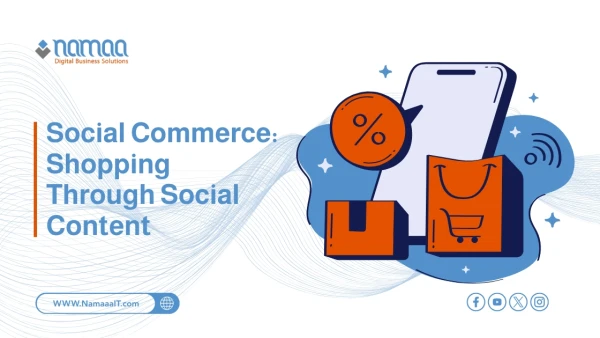Consumers are increasingly relying on voice commands to search for products and make purchases, making Voice Search integration an essential step for eCommerce stores aiming to stay competitive. Traditional SEO alone is no longer enough — adapting to spoken search queries, which are often longer and more conversational, is the key to reaching this growing segment of users. Ignoring this technology means missing out on a real opportunity to increase sales and enhance the user experience, as voice search is expected to continue shaping the future of eCommerce.
What is Voice Search and How Does It Work in eCommerce?
Voice search is a technology that allows users to search the internet using spoken commands instead of typing. It relies on Automatic Speech Recognition (ASR) systems that convert spoken words into text, and then uses Natural Language Processing (NLP) to understand the query’s context and deliver accurate results.
In eCommerce, voice search enables customers to find products, compare prices, and complete purchases easily by simply speaking to their smartphones or smart home devices, providing a faster and smoother shopping experience.
Why Is Voice Search Important for eCommerce Store Owners?
Voice search has become a critical factor in eCommerce success due to changing consumer behavior — people increasingly prefer the speed and convenience of voice commands.
Statistics show that a significant portion of all online searches are now conducted through voice, especially on mobile devices. Ignoring this trend means losing a large potential customer base.
Optimizing your store for voice search not only attracts more visitors but also enhances the user experience and gives your brand a modern, competitive edge in an ever-evolving market.
? Read also: Importance of Using Image Search
Best Practices to Optimize Your eCommerce Store for Voice Search
To fully leverage voice search, store owners should adopt targeted strategies tailored to the nature of spoken queries:
1. Focus on Long-Tail and Conversational Keywords
Voice queries are often full sentences or questions rather than short keywords.
Instead of targeting brief terms, focus on natural phrases like:
“What are the best noise-cancelling wireless headphones?”
Your product descriptions, FAQs, and blog content should provide direct, clear answers to such conversational queries.
2. Improve Mobile Responsiveness and Site Speed
Most voice searches occur on mobile devices, so having a fast, mobile-friendly website is essential. Search engines favor sites that deliver great user experiences.
Voice search results typically load 52% faster than standard text results, making speed optimization a priority.
3. Leverage Local Search
A large percentage of voice searches are location-based, such as:
“Where can I find a shoe store near me?”
To capitalize on this, update your Google My Business listing — ensure your address, phone number, and business hours are accurate to appear in local voice search results.
? Related topic: Conversational Commerce
How Structured Data (Schema Markup) Enhances Voice Search
Structured data, also known as Schema Markup, acts as a special language that helps search engines better understand your page content.
By using schema to describe your products (price, rating, availability, etc.), you make it easier for voice assistants to extract and present your information as concise, direct answers.
This not only improves your chances of appearing in Featured Snippets — the main source of voice search responses — but also strengthens your site’s credibility as a trusted information source.
How Do Voice Assistants (Alexa, Siri, Google Assistant) Impact Your Sales?
Voice assistants like Amazon Alexa, Google Assistant, and Apple Siri are no longer just tools for searching information — they are now shopping platforms.
Consumers can add items to carts and complete purchases entirely through voice commands, offering a fast and convenient shopping experience.
By integrating your store with these platforms, you unlock a new sales channel that reaches millions of users who rely on voice assistants daily — potentially driving a significant boost in sales.
Tools to Help You Analyze and Optimize Voice Search for Your Store
To enhance your store’s voice search performance, leverage these tools that offer valuable insights into user behavior and keyword trends:
Google Search Console: Track which search queries bring visitors to your site — including long-tail and question-based voice searches.
Google Analytics: Monitor organic traffic (especially from mobile devices) and analyze user engagement on voice-optimized pages.
Keyword Research Tools: Platforms like Semrush and Ahrefs now support voice-based keyword analysis to help you build voice-friendly content.
Schema Markup Tools: Tools like Schema App simplify the creation and integration of structured data to enhance search engine understanding.
? Also read: How to Create Successful Promotional Offers
Voice Search vs. Text Search: Which Is More Important for Your Store?
It’s not a matter of choosing one over the other — both are essential for success.
Each serves a unique role in the customer journey:
Text search is often used for detailed comparisons and in-depth product research.
Voice search is preferred for quick, direct questions, especially when users are multitasking.
The key is to develop an integrated SEO strategy that ensures your store appears in both types of searches, providing a seamless user experience regardless of search method.
Frequently Asked Questions
1. How Does Voice Search Affect Product Discovery for Visual Items Like Clothing?
Voice search often serves as the entry point for discovering visual products.
For instance, a user might say, “Show me blue summer dresses,” and assistants on screen-equipped devices will display visual results.
Hence, optimizing product images with descriptive alt-text and clear titles is essential to appear in this discovery phase.
2. How Do Customer Reviews Affect My Store’s Voice Search Ranking?
Reviews play a major role — search engines and voice assistants treat them as signals of trust and credibility.
Stores with numerous positive reviews have a higher chance of being featured in recommended answers like:
“What is the best store to buy …?”
Therefore, managing and encouraging customer feedback should be part of your voice search optimization strategy.
3. How Can Voice Search Be Improved for Different Arabic Dialects?
This is a technical challenge, but it can be addressed by analyzing voice query data to understand local expressions and dialect variations.
Your content should include diverse synonyms and colloquial terms to cater to these differences.
Using advanced NLP models also helps systems interpret dialectal nuances more accurately, improving search results.
4. What Is Zero-Click Search and How Is It Related to Voice Search?
Zero-click search occurs when a search engine answers a user’s query directly on the results page without requiring a click.
Voice search is the ultimate form of zero-click search, where the assistant reads out a single answer aloud.
To appear in these results, optimize your content for Featured Snippets by providing clear, concise answers to common questions.
Summary
✅ The voice commerce market grew by nearly 400% between 2021 and 2023, with global transaction value rising from $4.6 billion to almost $20 billion.
✅ Around 27% of internet users worldwide use voice search on mobile devices — highlighting the importance of optimizing mobile UX.
✅ 58% of consumers rely on voice search to find local business information, making it crucial for stores with physical branches.
✅ Global voice shopping revenues are projected to reach $40 billion, confirming the major shift toward voice-driven purchasing.
✅ 41% of all voice search results come from Featured Snippets, meaning optimizing for Position Zero is a must for voice SEO success.









